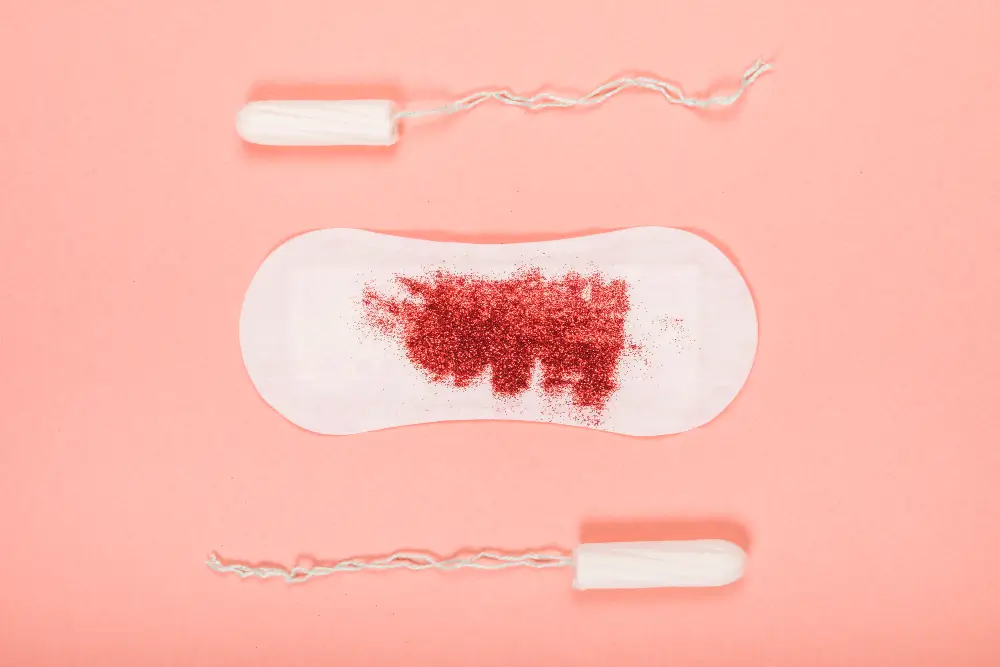Bleeding during a yeast infection isn’t something most people expect—but when it happens, it raises urgent questions. Is it a sign of something more serious, or just an unusual symptom? As confusing as it may seem, finding out what this could mean for your vaginal health is key. Before you panic or dismiss it, let’s uncover what your body might really be trying to tell you.
Prioritize your health—Book an appointment with a gynecologist today! 🌸🩺

Is Bleeding a Normal Symptom of a Yeast Infection?
Although yeast infections can cause uncomfortable and bothersome symptoms, bleeding is not a common symptom of this type of infection. Recognizing this difference is essential for properly taking care of your vaginal health and avoiding unnecessary worry or incorrect diagnoses.
Typical Symptoms of a Yeast Infection
Yeast infections usually cause:
- Itching and redness in the vagina and vulva
- Thick, white, and clumpy vaginal discharge, similar to cottage cheese
- Pain or burning during urination or sexual intercourse
- Pain or irritation in the genital area in some cases
These symptoms are clearly uncomfortable but typically do not include vaginal bleeding. If bleeding appears, it is likely due to another underlying condition or an additional complication that needs to be evaluated.
Other Factors That May Cause Vaginal Bleeding?
Changes in vaginal microbiota and pH can make the vagina more vulnerable to infections and injuries. When an infection disrupts the vaginal lining, symptoms such as itching, abnormal discharge, and, in some cases, enough irritation to cause slight bleeding can appear.
Factors like using irritating products (such as soaps or vaginal douches), wearing non-breathable tight clothing, poor intimate hygiene, or hormonal changes can also weaken vaginal tissue, making it more prone to injuries and bleeding.
Correct Diagnosis
Since infections like bacterial vaginosis, yeast infections, or sexually transmitted infections can share some similar symptoms but require different treatments, self-diagnosis should be avoided. Self-medicating can further disrupt the vaginal flora, worsen the condition, or mask important symptoms.
Why a Yeast Infection Might Cause Spotting or Light Bleeding
While it’s not common, some women may notice light bleeding or spotting during a yeast infection. This phenomenon, although confusing, usually results from irritation of the vaginal tissues, a symptom associated with yeast infections.
Irritation and Inflammation: Vaginal candidiasis causes itching, burning, and redness in the vagina and vulva. This inflammation can weaken the skin, making it more vulnerable to injury. Constant scratching due to intense itching can worsen this irritation.
Skin Lesions and Cracks: Scratching to relieve itching can create small lesions or cracks on the skin’s surface. These superficial wounds, although small, can bleed easily, especially when aggravated by daily activities.
Situations That May Worsen Bleeding:
- Sexual intercourse (penetration)
- Cleaning the intimate area
- Wearing tight underwear
Changes in Vaginal Balance
A yeast infection alters the natural balance of microorganisms in the vagina, increasing tissue sensitivity and making irritation and minor bleeding more likely.
While mild bleeding during a yeast infection can be alarming, it is typically due to irritation and damage to sensitive vaginal tissues.
Recognizing these signs helps avoid ignoring potential complications. If you notice bleeding along with other infection symptoms, seeking medical attention ensures accurate diagnosis and helps protect your vaginal health effectively.
When Bleeding During a Yeast Infection Might Be a Red Flag
There are times when bleeding could indicate a more serious problem. Recognizing when bleeding is a warning sign helps safeguard your health.
Several signs should alert you to seek immediate medical attention if you experience heavy or prolonged bleeding during a yeast infection. Also, if bleeding is accompanied by intense pain, fever, or changes in vaginal discharge, it may signal serious complications related to the infection.
What to Do If You Experience Bleeding?
If you experience any of these signs, you should consult a doctor. A medical professional will perform a gynecological exam and, if necessary, order additional tests to determine the cause of the bleeding.
Treatment for a yeast infection may include antifungal creams, suppositories, or tablets, but complications might require a broader medical approach.
Caring for Your Body: Treatment and Relief That Protects Sensitive Tissues
Treatment often involves topical antifungals applied directly to the affected area. In more severe or widespread infections, oral antifungal medications like fluconazole are used for deeper, more effective treatment.
Keeping the area dry helps prevent moisture from promoting fungal growth. It’s also recommended to avoid irritating products, apply cold compresses to soothe itching and inflammation, and use over-the-counter antihistamines to reduce itching. Petroleum jelly can be an effective option for keeping the skin moisturized and protected from further damage.
In most cases, candidiasis can be resolved with antifungal treatment lasting between three and seven days. Following proper treatment eliminates the infection and helps restore the natural balance of the vaginal area, strengthening vaginal health against future infections.
Sources:
- Mishra, V. H. (2024). Vaginal Yeast Infections: Causes, Symptoms, Diagnosis, and Treatment. Journal of Preventive, Diagnostic and Treatment Strategies in Medicine, 3(4), 303-304.
